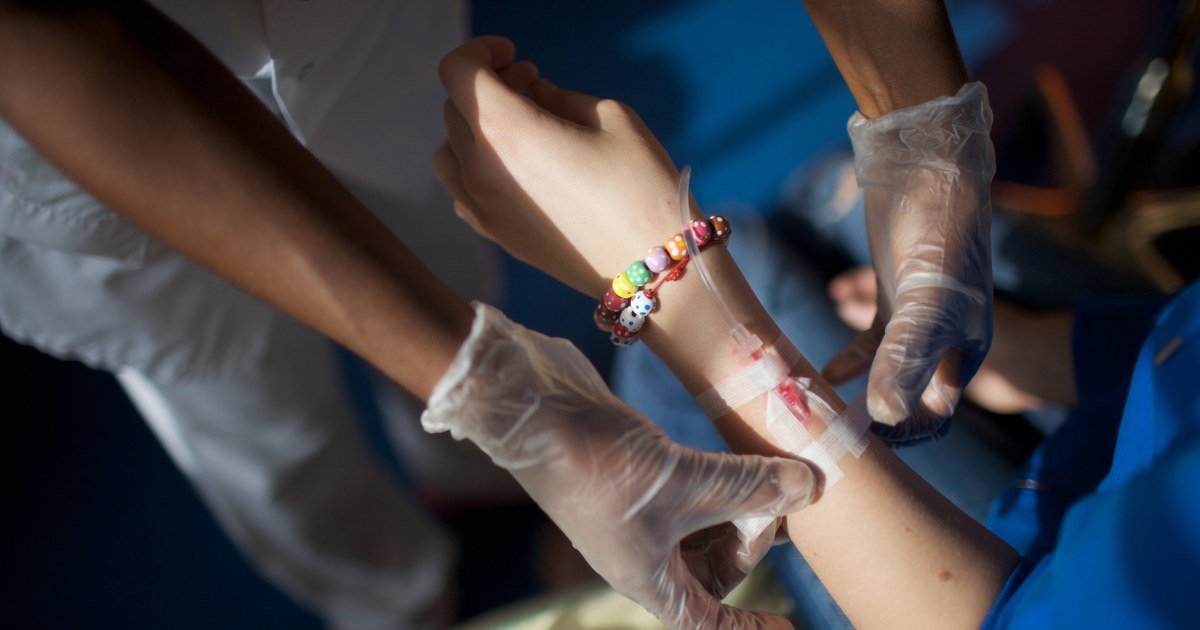
Pediatric cancer doctors are sounding the alarm about a growing shortage of chemotherapy drugs for children.
The dwindling supplies add another layer to the ongoing cancer drug shortage crisis that’s left doctors scrambling and forced patients to make difficult choices about treatments since early February.
The Biden administration has taken steps to address the crisis, in some cases successfully: Doctors say that shortages of two cancer drugs, carboplatin and cisplatin, have eased significantly in recent weeks.
However, reports from children’s hospitals across the country are pointing to supply problems for two other chemotherapy drugs that are commonly used to treat pediatric cancers: vinblastine and dacarbazine. Another chemotherapy drug also often used in children, methotrexate, has been in short supply since March, and is still hard to come by.
All three drugs are used for a range of cancers but, in children, vinblastine and dacarbazine are most commonly used to treat Hodgkin lymphoma. Methotrexate is the go-to drug for acute lymphoblastic leukemia, the most common cancer in children.
The supply issues mean doctors must substitute the drugs with less effective alternatives or delay treatment until the drugs become available again.
“It’s devastating,” said Dr. Doug Hawkins, chair of the Children’s Oncology Group, a national research organization. “Can you imagine that your child has been diagnosed with cancer, and you’re told, ‘We know how to treat this, so we have a 70% chance, an 80% chance, a 90% chance of curing your child with standard treatment, and Oh, by the way, we can’t get one of those standard treatments.’”
‘Not fixing the problem at large’
The Biden administration announced this month that the supplies of carboplatin and cisplatin have almost returned to pre-shortage levels, though the two drugs are still among the 15 listed as in shortage by the White House.
Dr. Eleonora Teplinsky, a breast and gynecologic medical oncologist, said at her hospital in Ridgewood, New Jersey, that the supplies of carboplatin and cisplatin are “significantly better,” if not fully resolved.
However, in recent weeks, her colleagues who treat blood cancers have expressed deep concerns about the availability of vinblastine. Blood cancers include leukemia and lymphoma.
The American Society of Health-System Pharmacists, a group that tracks drug shortages, said it started to notice supply issues for vinblastine and dacarbazine this month.
“What we’ve seen is that they’ve been able to fix individual shortages, but we’re still not fixing the problem at large,” Teplinsky, who heads the breast medical oncology team for Valley Health System, said of the federal government’s response to the drug shortages.
In the absence of vinblastine, doctors in some cases may use a different drug, called vincristine, she said, but it can be less effective and comes with a different range of side effects.
But in other cases, there are no alternatives. Vinblastine and dacarbazine are used in a four-drug combination treatment for older children with Hodgkin lymphoma. Without those drugs, Hawkins said, doctors have no other options.
More on U.S. drug shortages
The Biden administration is also working to increase the supply of methotrexate, which has been in shortage since March.
Dr. Tara Henderson, the chief of pediatric hematology and oncology at UChicago Medicine, said that after a short-lived improvement in the supply of methotrexate, the availability of the drug is becoming a problem again.
Methotrexate is a “backbone medication” for leukemia which has a cure rate of more than 90% when standard treatments are available, she said.
“We are dealing with children with cancer with curable diseases, and we might not have the tools to cure them,” Henderson said.
“It seems like it should be a national priority,” she said. “I think we need to have all hands on deck figuring out these issues.”
‘The supply chain is broken’
Dr. Anders Kolb, president and CEO of the Leukemia & Lymphoma Society, said the shortages have forced hospitals to reconfigure how they stock their pharmacies, including buying in bulk and making sure they have other treatment options on hand.
“They’re trying to stay three steps ahead,” he said. “It’s not like if you run out of something, just plug it into Amazon and it shows up the next day.”
“The supply chain is broken,” said Dr. Julie Gralow, chief medical officer and executive vice president of the American Society of Clinical Oncology.
The group has been pushing for the Food and Drug Administration and the White House, among others, to implement an early warning system for drug shortages. This system would also offer insights into the reasons why drugs are experiencing shortages.
“We don’t have a good understanding right now of the background of them and what puts them at risk,” Gralow said.
Drug shortages are not new. “This has been going on for decades,” Hawkins said. “They’re just getting more common, more pervasive and longer in duration.”
The shortages, he said, not only leave doctors feeling helpless, but also amplifies the sense of helplessness experienced by families and children.
“We hope that it will not have a major impact on survival, but it’s not going to increase survival,” Hawkins said. “And so I think from the families’ perspective, that’s just devastating.”

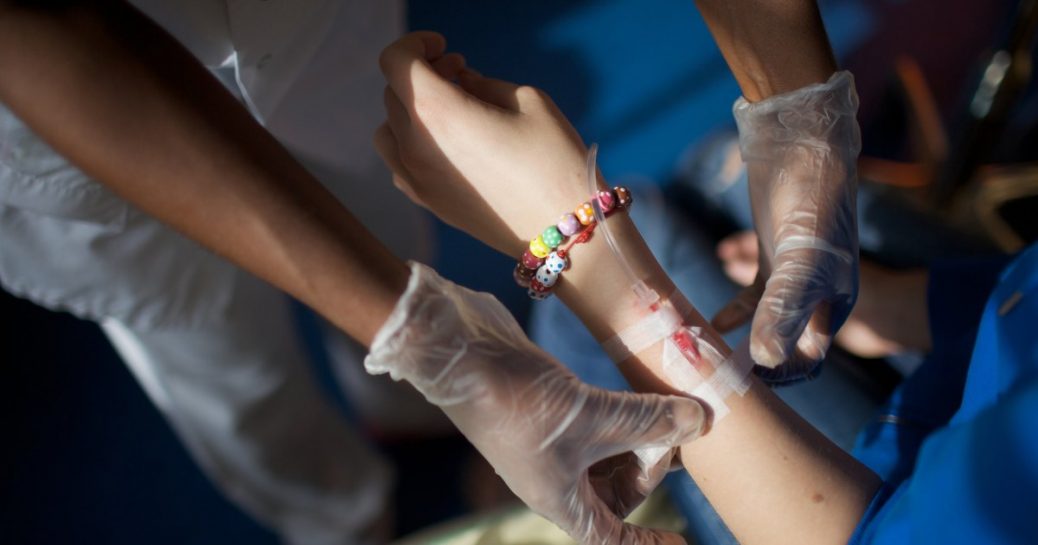
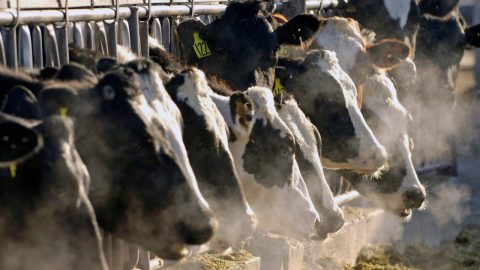
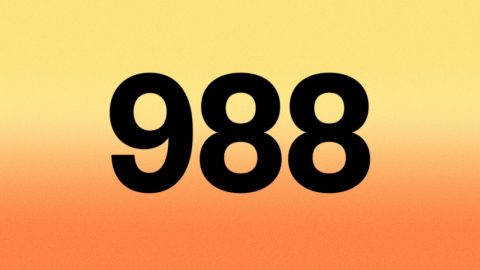
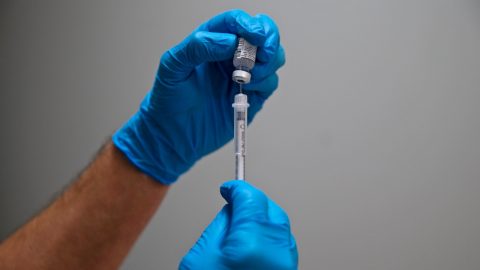
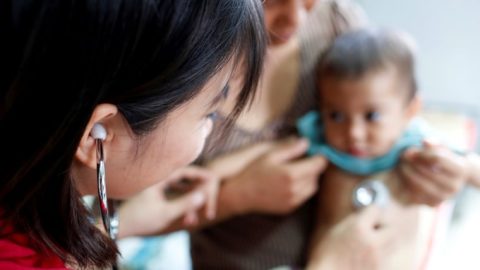
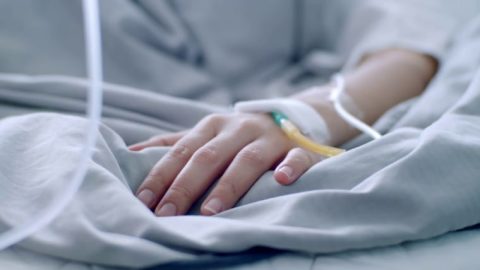
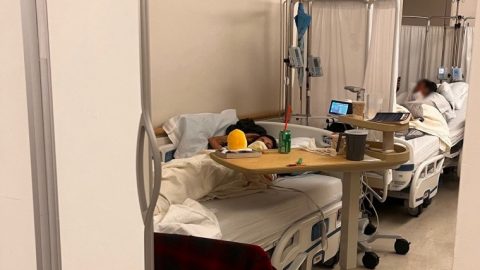

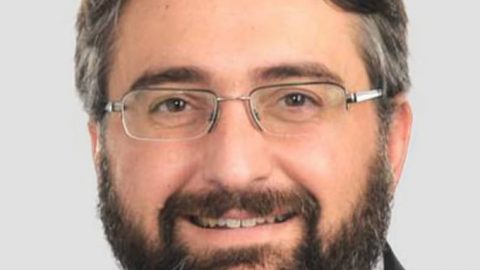
Recent Comments